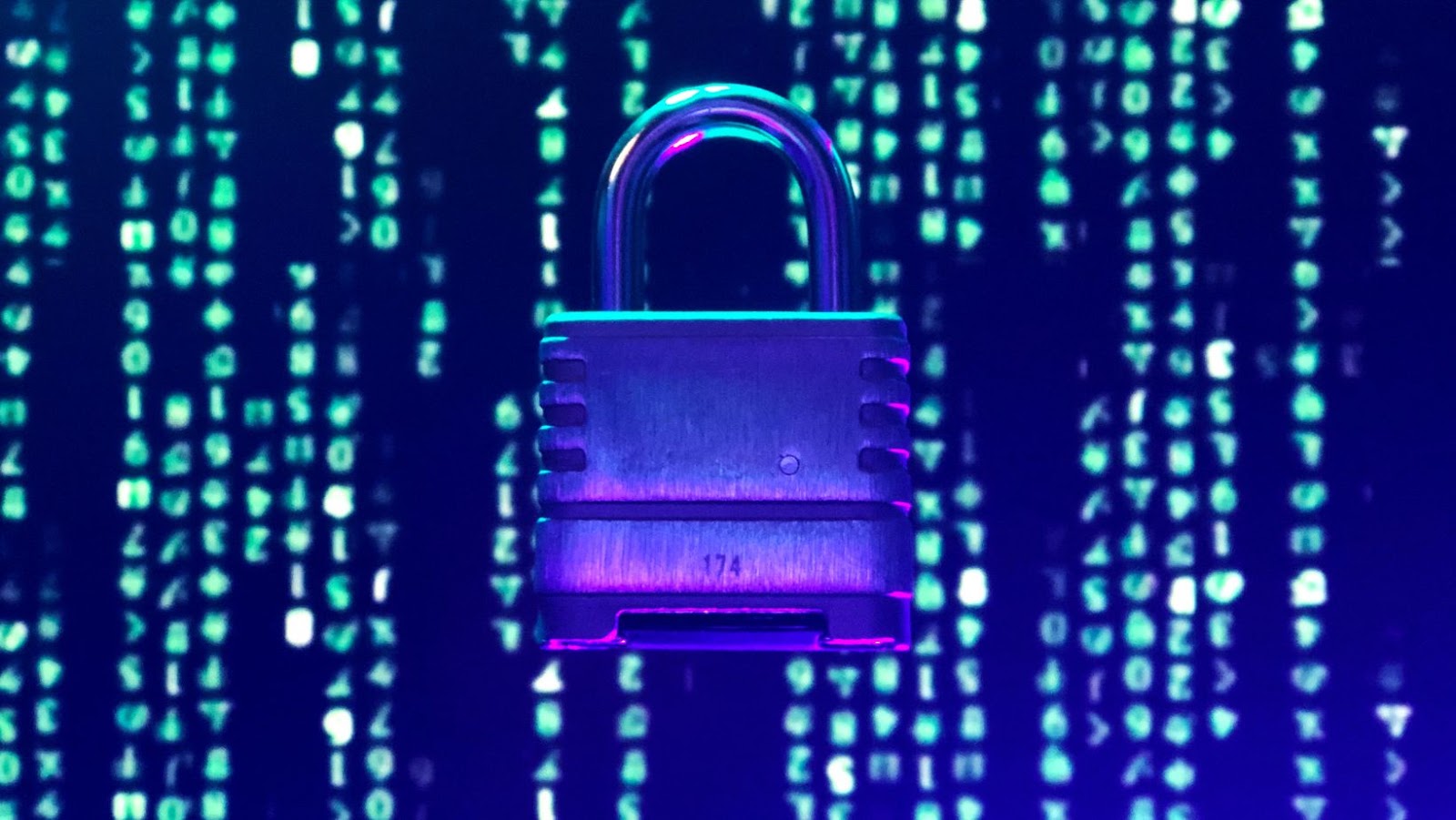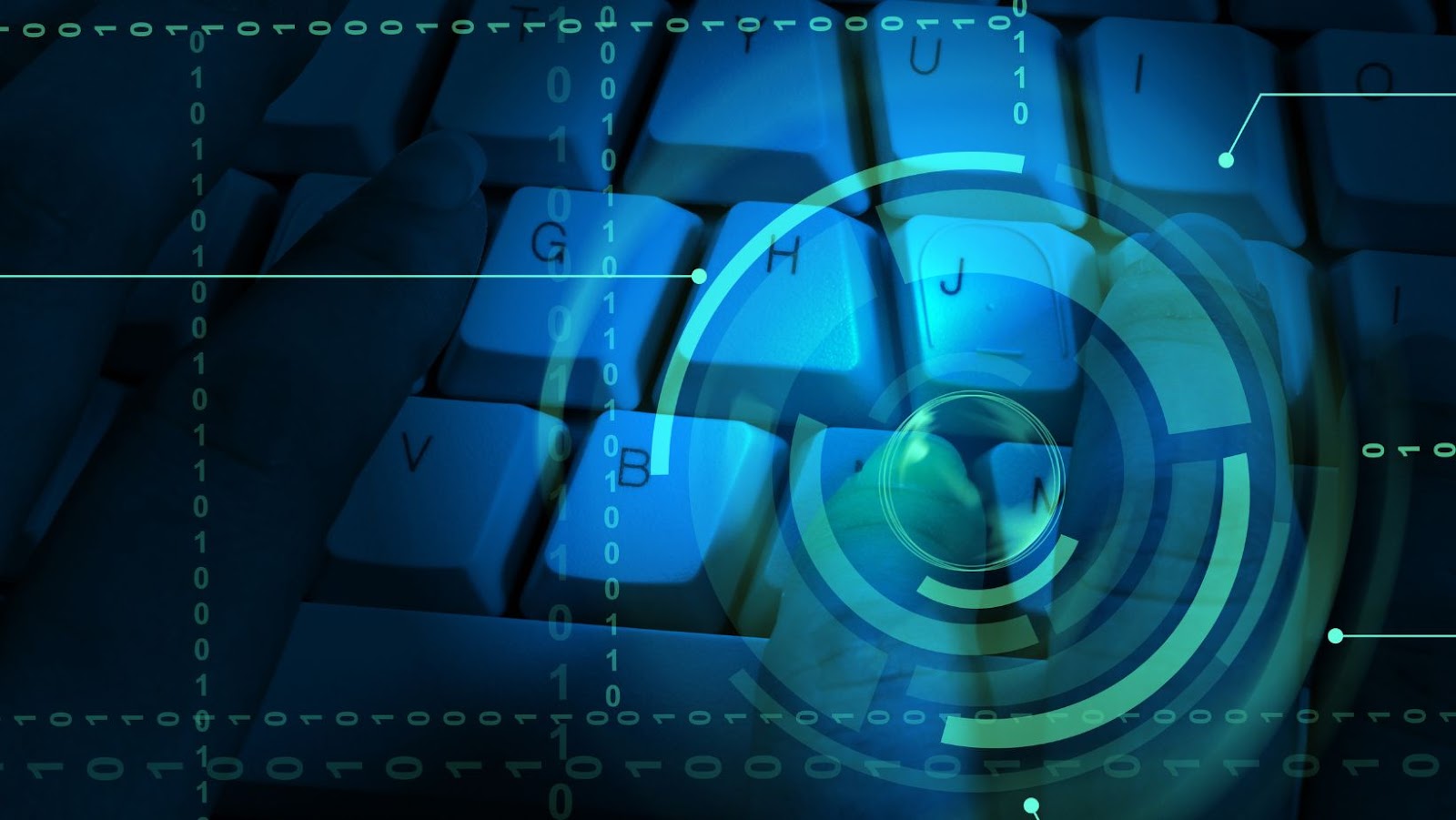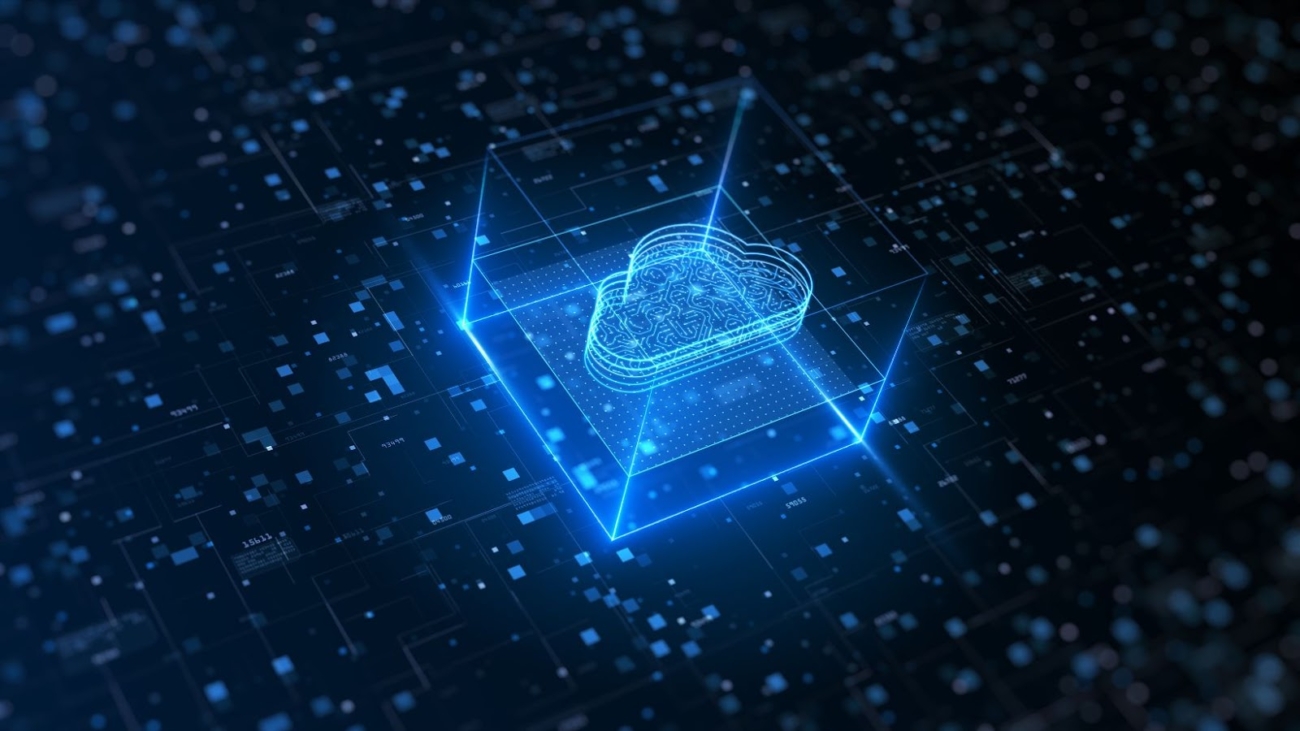As a cybersecurity analyst, my main responsibility is to protect an organization’s computer systems against unauthorized access and infiltration. I use my hardware, software, and networking knowledge to identify and prevent potential security breaches.
I conduct regular security audits, analyze security reports, and implement appropriate security measures to accomplish this. I also monitor network activity to detect potential threats and investigate any anomalies. As a result, I quickly contain the damage and prevent further infiltration when a breach occurs.
Overall, the role of a cybersecurity analyst is crucial in protecting organizations from hackers, viruses, and other security breaches. As technology continues to evolve, cybersecurity professionals need to stay current with the latest threats and tools to ensure the safety of their organization’s data and systems.
What Does A Cybersecurity Analyst Do
As a cybersecurity analyst, my primary responsibility is to ensure that the organization’s networks, systems, and data remain secure and free from cyber-attacks. To achieve this, I engage in various tasks, including:
- Conducting regular security assessments I evaluate the organization’s security posture by performing vulnerability scanning, penetration testing, and risk assessments. This helps identify areas that require improvement and recommend security measures that must be taken.
- Implementing security measures Based on the recommendations from security assessments, I collaborate with other stakeholders to implement security measures such as firewalls, intrusion detection and prevention systems, and encryption.
- Monitoring and responding to security incidents I monitor the organization’s networks, systems, and data for any potential security threats and investigate any suspicious activity. I immediately mitigate the risks and prevent further damage in case of any security breach.
- Creating and implementing security policies I create security policies and procedures to guide the organization’s employees on how to handle sensitive data, detect and respond to security incidents, and best practices to protect against cyber threats.
- Staying up to date with emerging threats and technologies As a cybersecurity analyst, I invest my time in staying up to date with emerging threats and technologies. This enables me to proactively identify potential threats and determine the best prevention practices.

In conclusion, a cybersecurity analyst is crucial to an organization’s security posture. They are responsible for identifying, preventing, and mitigating cyber threats and ensuring information assets’ confidentiality, integrity, and availability.
As a cybersecurity analyst, it’s my job to protect computer systems and networks from various cyber threats and attacks. As cybercrime continues to grow in complexity and frequency, the role of a cybersecurity analyst has become more important than ever before. So, what does a cybersecurity analyst do?
The role of a cybersecurity analyst involves analyzing security risks and developing strategies to minimize potential breaches. My work often involves:
- Installing protective software and firewalls.
- Monitoring network activity.
- Identifying and resolving security issues as they arise.
I also work closely with other IT professionals, sharing insights and collaborating to address complex security challenges.
To excel in this role, you must have a strong computer science, programming, and data analysis foundation. You should also thoroughly understand firewall technologies, vulnerability management, and intrusion detection. Finally, excellent communication skills are key; you’ll need to explain security risks and strategies to management and other stakeholders.
Here are some of the Skills required to excel as a Cybersecurity Analyst:

Technical Skills:
- Knowledge of computer networks (LAN/WAN/WLAN), operating systems, and virtualization technologies
- Experience with firewalls, intrusion detection, anti-virus software, and other security-related software
- Familiarity with security assessment tools and techniques, including penetration testing
- Understanding of risk management frameworks and protocols
Analytical Skills:
- Ability to monitor and analyze real-time security events using various tools and techniques
- Critical thinking and problem-solving skills to identify security risks and develop appropriate mitigation strategies
- Strong attention to detail and ability to spot anomalies in large datasets
Soft Skills:
- Excellent communication skills to explain complex security risks and strategies to technical and non-technical stakeholders
- Ability to collaborate effectively with other IT professionals and business leaders
- Good time-management and multitasking skills to handle multiple security tasks and projects simultaneously.
A cybersecurity analyst can create and maintain a secure digital environment that protects businesses and their customers from cyber attacks by combining technical and soft skills.
I protect a company’s sensitive data and computer systems from cyber attacks as a cybersecurity analyst. But what tools do I use to accomplish this important task?
First and foremost, I use vulnerability scanning tools to assess the security risks in the company’s network infrastructure. These tools identify any software, hardware, or security configuration weaknesses that cybercriminals could potentially exploit.
Another important tool I use is a firewall. This blocks unauthorized access to a company’s network and helps prevent malware from infiltrating the system. Additionally, I use intrusion detection systems (IDS) and intrusion prevention systems (IPS) to monitor network traffic and identify potential threats.
I use security information and event management (SIEM) software to analyze and investigate security incidents. This tool collects and aggregates data from various systems and devices to give me a comprehensive view of the company’s security posture.
Finally, I use various malware analysis tools to identify and analyze potential threats. These tools help me detect and reverse engineer malware, understand how it works, and develop countermeasures to stop it from spreading.
Cybersecurity analysts use various tools and technologies to protect their organizations from cyber attacks. From vulnerability scanning tools and firewalls to SIEM software and malware analysis tools, our job is to stay ahead of the constantly evolving threat landscape and keep our company’s data safe.

Conclusion:
As I wrap up this article, I hope you better understand what a cybersecurity analyst does. Cybersecurity has become a fundamental aspect of every business and organization as cyber-attack risk continues to rise.
A cybersecurity analyst’s primary responsibility is identifying and preventing security breaches in computer systems, networks, and information. In addition, they conduct security assessments to identify vulnerabilities, analyze security risks, and develop security measures to mitigate them.
In addition, cybersecurity analysts continuously monitor and analyze network traffic, system logs, and security alerts to detect and respond to security incidents. They also collaborate with other departments in the organization to ensure that security protocols are being followed company-wide.
In conclusion, cybersecurity analysts are crucial in protecting an organization’s sensitive data and assets from cyber-attacks. As technology advances, cybersecurity will continue to grow, making this an exciting and rewarding career path.

